Sight Fishing For Corbina: Sight Casting In The Shallows
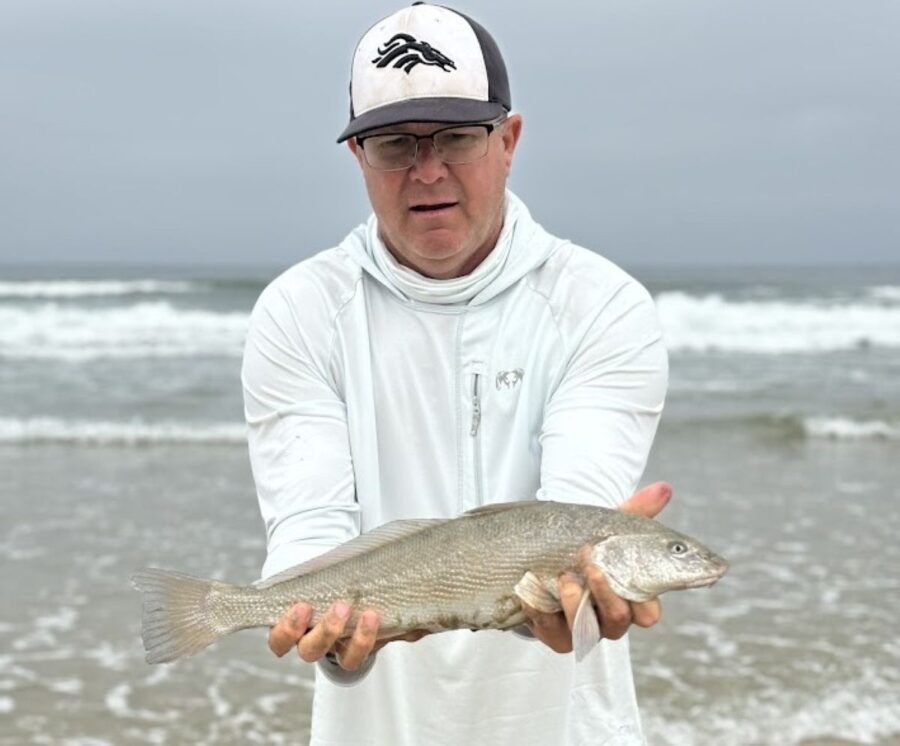
Southern California’s sandy beaches come alive in the warmer months with corbina, spotfin croaker, guitarfish, and other prized surf species prowling the skinny water for sand crabs. These fish cruise just feet from shore, often in water so shallow their backs break the surface. This makes sight casting and sight fishing for corbina one of the most exciting ways to connect with these wary fish.
Peak season typically runs June through July, when water temps rise and sand crabs are abundant, but anglers can find success from May through September. This past month, the water clarity has been exceptional, making corbina easy to spot. However, they’ve also been more cautious than ever.
Learning how to approach them and present a bait can make the difference between frustration and a trophy catch.
Tips for Sight Fishing for Corbina
1. Use Lighter Gear
If there’s one kind of surf fishing where downsizing can matter, it’s sight casting for corbina. While a standard 15-pound fluorocarbon leader, #2 mosquito hook, and one-ounce egg weight work for most surf applications, dropping down in weight can help you present more quietly.
Corbina have a sensitive barbel under their chin to detect vibrations, so a lighter weight can allow you to cast closer without spooking them. That said, with good technique you can still succeed using your standard rig. Downsizing simply offers an advantage and gives you more leeway to make mistakes that won’t cost you.
Many anglers also “fly-line” or use ultra-light egg weights (¼–½ oz) for even softer presentations. See my standard setup below and use it as a baseline. If you want lighter, drop down the line and weight. I’d always recommend the same rod and reel.
2. How To Look For Corbina
The first step in sight fishing is, of course, seeing the fish. Early mornings are prime, with evenings a close second. On bright, clear days, midday can also be productive because visibility improves dramatically.
Look for subtle cues: a faint “V” shape rippling toward you, fins breaking the surface, or the shadow of a fish against the sand. Corbina often hold in water no deeper than 10 inches, sometimes so shallow their backs stick out. Scan the thinnest layer of water where waves retreat, from ankle-deep shallows to the point where wet sand begins.
Any of the videos I’ve made on sight casting (spotfin or coebina) will show you what I mean by looking for their backs / seeing the “v” shapes they create while swimming the shallows.
3. Track from a Distance
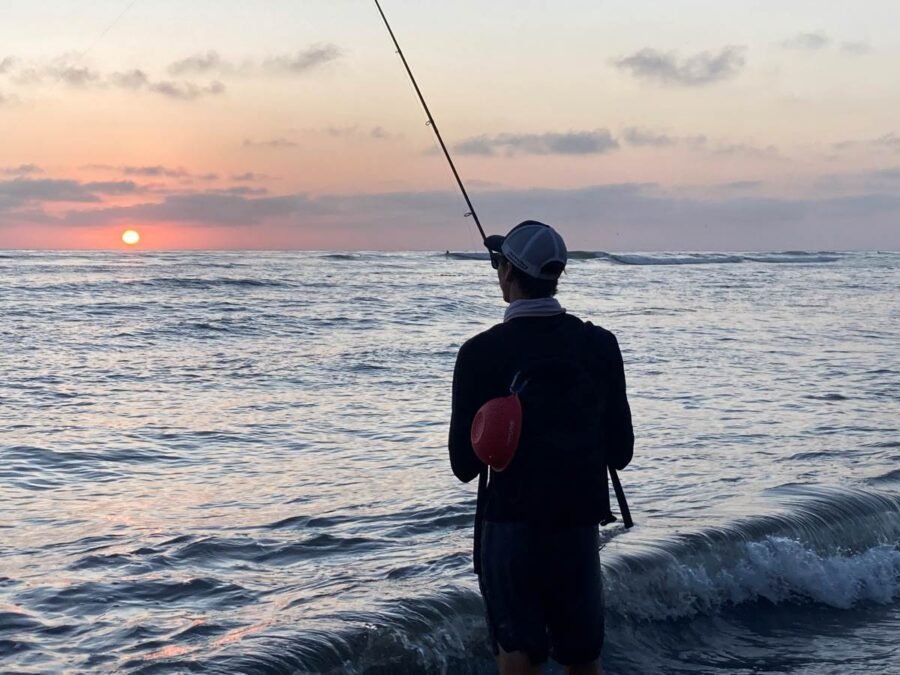
More than being “line shy,” corbina and spotfin croaker are “people shy.” If they see you approaching, they’re gone. Keep a low profile, stay back, and observe. Use polarized sunglasses to reduce glare and enhance visibility, and let the fish dictate where you move next. Be patient — sometimes you’ll stalk a fish for several minutes and it won’t bite. Move on and try again.
4. Cast Placement and Timing
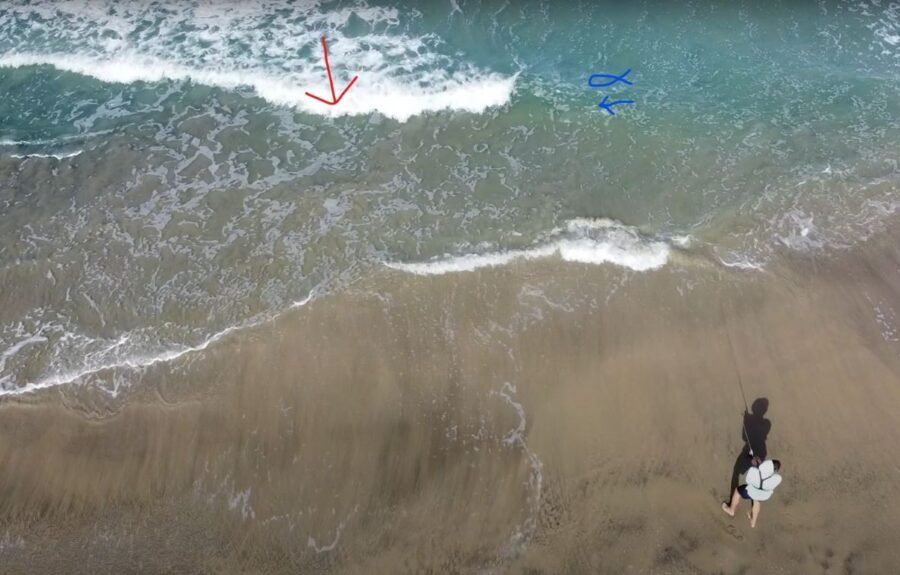
When sight casting for corbina, timing and placement make or break the shot. After spotting a fish, gauge where it will be in ten seconds and lead it. Never cast directly on top of it. A good rule is to land your bait at least 6–10 feet ahead of the fish.
Casting into the whitewater of a breaking wave hides the splash of your sinker and masks vibrations. As the wave passes and the water settles, your bait will be lying naturally in the fish’s path. Using a lighter weight helps here, too, as it lands more softly.
5. Line Management After the Cast
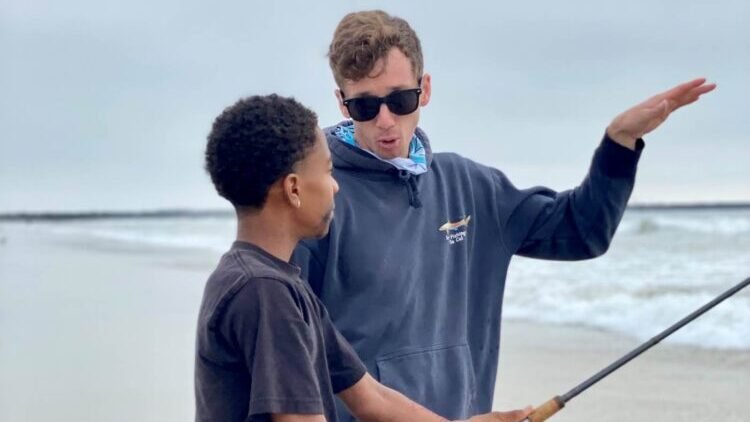
Keep your line taut but don’t move the bait. Let the ocean’s movement create a natural presentation. If a wave creates slack, lift your rod tip to pick it up. If water is receding, dip your rod tip slightly so the bait stays put. The more natural your bait appears, the more likely a corbina will strike.
6. Hook Set Technique
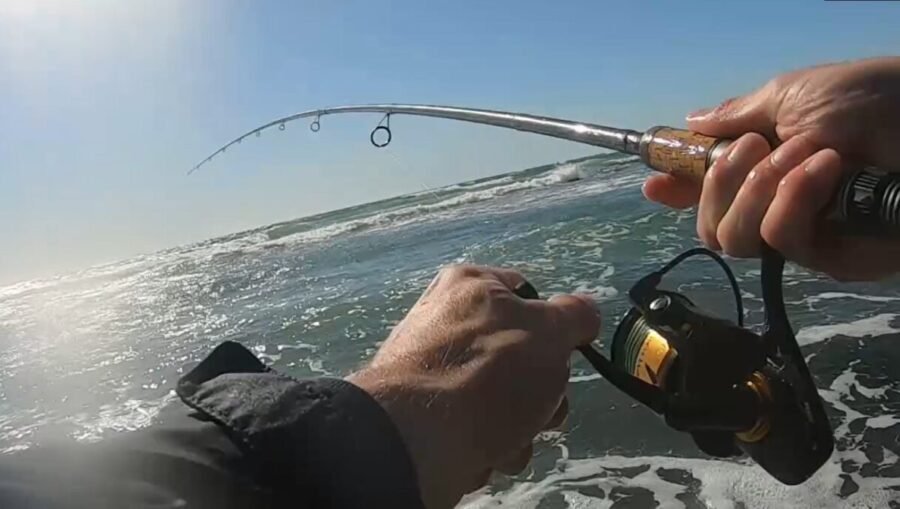
When the strike comes, resist the urge to jerk upward. Because sight casting usually involves a short line between you and the fish, an upward hookset can launch the fish out of the water, increasing the risk of tearing the hook free. Shorter distances also mean less line stretch, which is another reason to keep the hookset low.
Set the hook sideways, sweeping your rod tip across the water. This drives the hook home while keeping the fish submerged, where the water supports its weight and reduces stress on your tackle.
Conclusion
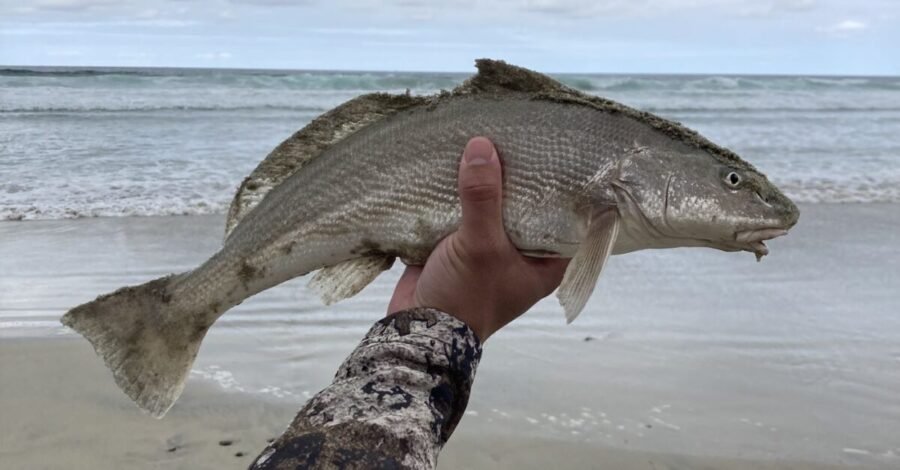
Sight fishing for corbina blends hunting and fishing in one of the most visual, adrenaline-charged surf experiences. By spotting fish first, tracking them quietly, and leading them with carefully placed casts, you dramatically increase your odds of success. Combine that with thoughtful line management, a patient approach, and a side-sweeping hookset, and you’ll be ready to take advantage of Southern California’s summer surf at its best.

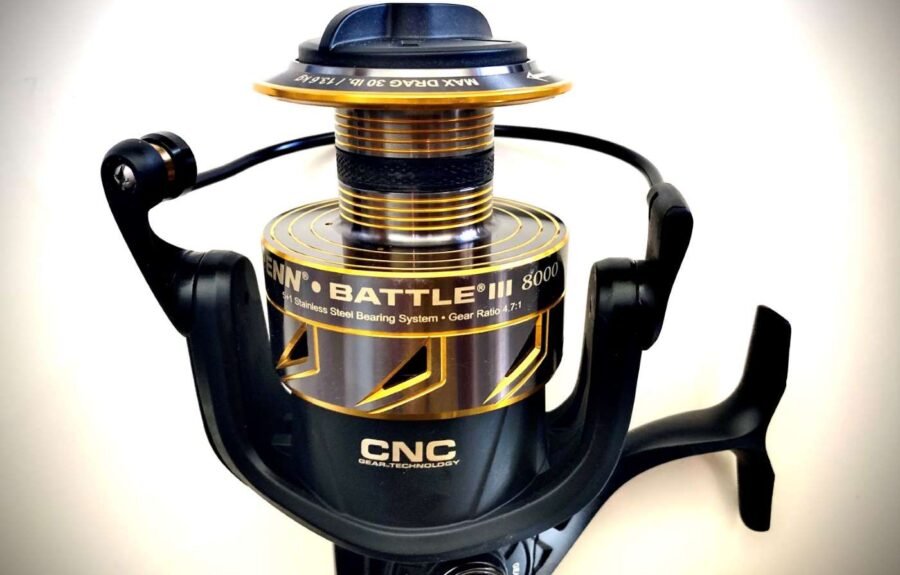
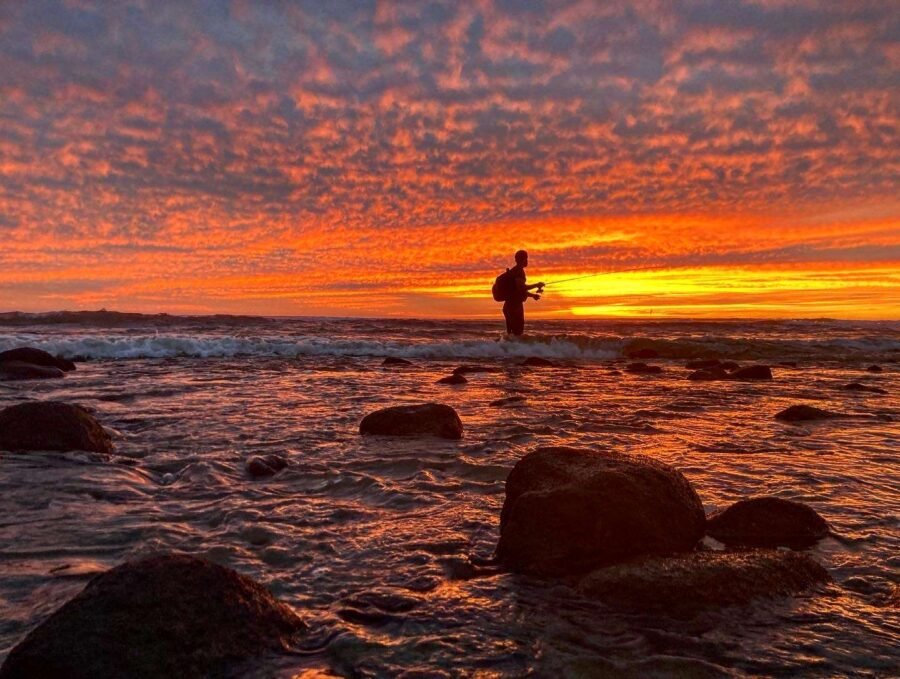
Great write up, I’ve always been jealous of those of you that can sight fish.
Just takes a little patience and willingness to “waste” some time